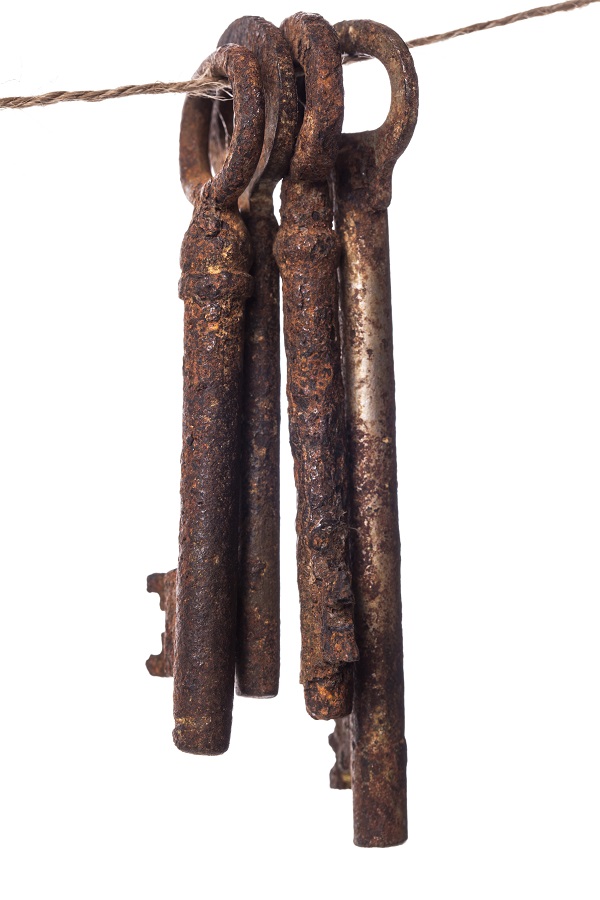Fasteners may appear as small and seemingly inconsequential components, but they play a crucial role in ensuring the stability of structures. These devices are responsible for securing various parts and materials in buildings, bridges, aircraft, automobiles, and a wide range of structures and machinery. As a result, they are indispensable in most products, structures, and machines in the modern world. However, fasteners face a threat that could compromise their integrity: fastener embrittlement. Fastener embrittlement can pose risks to components and, subsequently, to the safety and lifespan of structures.
In a more specific context, fastener embrittlement is the deterioration of the material properties of fasteners, which can result in a loss of ductility and toughness. Ductility refers to the ability of a material to deform without fracturing, while toughness measures a material's resistance to fracture under stress. When both of these properties are compromised in fasteners, it leads to fastener embrittlement, resulting in sudden catastrophic failures.
Causes of Fastener Embrittlement:
Hydrogen Embrittlement: One of the most common causes of fastener embrittlement is the diffusion of hydrogen atoms into the crystalline structure of the metal, leading to its brittleness. This occurs in acidic environments, electroplating processes, and corrosion.
Extreme Temperatures: Fasteners exposed to extreme temperatures, such as rapid cooling or heating, may experience thermal stress, which can lead to embrittlement. This is especially problematic in applications subject to temperature fluctuations.
Inappropriate Material Selection: Choosing the wrong material for fasteners during assembly can often result in fastener embrittlement. Some materials are more susceptible than others, making the selection of suitable materials critical in reducing embrittlement risk.
Improper Heat Treatment: Heat treatment processes like quenching and tempering are used to strengthen fasteners. However, if performed improperly, it can lead to material embrittlement.
Fastener embrittlement can lead to:
Structural Failures: Fastener embrittlement can cause sudden and unexpected structural failures. When fasteners lose their ductility and toughness, they become prone to fracture even under relatively low-stress levels. This can lead to catastrophic structural failures, posing risks to life and significant economic losses.
Maintenance Challenges: Routine inspection and maintenance can help detect fastener embrittlement. However, this is a challenging task as this type of damage often occurs internally and may not exhibit obvious signs externally.
Costly Repairs: Repairing or replacing embrittled fasteners can be a time-consuming and costly undertaking. In some cases, large structures may need to be disassembled to access and replace embrittled fasteners, resulting in significant downtime and expenses.
Preventing Fastener Embrittlement:
Preventing fastener embrittlement is crucial for ensuring the safety and longevity of structures. Some preventive measures in fastener practices include:
Material Selection: Choose materials that resist common causes of embrittlement, such as high-temperature environments, for specific applications.
Proper Heat Treatment: Ensure that fasteners undergo the correct heat treatment to maintain the necessary mechanical properties and prevent embrittlement.
Coatings and Corrosion Protection: Use protective coatings or corrosion-resistant fasteners to minimize the chances of embrittlement typically caused by factors like hydrogen and external elements.
Regular Inspection and Maintenance: Implement a regular maintenance schedule for fastener joints and components to detect early signs of embrittlement and replace them before they compromise the overall structural integrity.
Understanding potential threats to component integrity in structures, such as fastener embrittlement, is vital for preventing hazards and ensuring stability and safety. Taking preventive measures and actions is crucial for providing reliable, safe, and resilient fastening solutions for the future.
